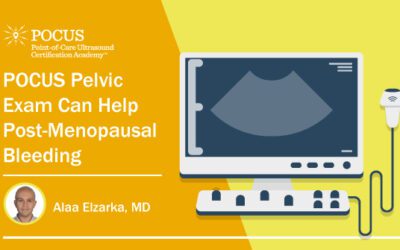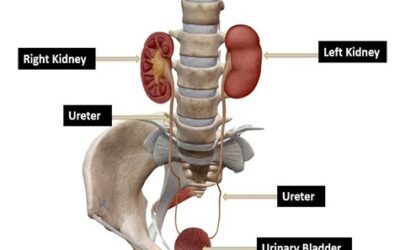Skin serves as a shield, protecting the human body from elements of the outside world. As the largest organ, it performs countless tasks simultaneously, working all the time to keep us healthy. Like a wall, it keeps out bacteria and other potential invaders. Unfortunately, it also prevents clinicians from observing directly inside patients’ bodies without taking invasive procedures.
When a bacteria successfully invades the dermal wall and infection develops, clinicians may feel locked out, struggling to gather the necessary intelligence to help their patients win the battle. Traditionally, healthcare providers diagnose skin and soft tissue infections (SSTIs) after obtaining a medical history and performing a physical examination. Unfortunately, due to the surface-level similarities of many dermatological ailments, this method of diagnosis has proved unreliable.
The keynote redness and swelling of cellulitis are mimicked by eczema, lymphedema, lipodermatosclerosis, and other SSTIs. Differentiating between cellulitis and abscesses is particularly difficult due to the tenderness and hardness of the skin caused by both. Because of this, a physical examination should not be depended upon alone to diagnose these deceptive pathologies.
The distinction between cellulitis and abscesses is critical because of the drastic difference in treatments. Abscesses must be opened and drained, while cellulitis may be treated noninvasively with antibiotics. A misdiagnosis will result in unnecessary invasive procedures or failed antibiotic therapy.
Attempting to fight the battle blindly, looking only at the evidence provided on the surface, hinders management and slows patients’ healing progress. Point-of-care ultrasound (POCUS) is the key to gathering insight into the fray raging between invading bacteria and defending white blood cells. The device opens a window to allow a view inside and an opportunity to unmask the mystery offender.
In addition to being quick, non-invasive, and painless, POCUS has cut down on the number of misdiagnoses and the number of incision, and drainage (I&D) procedures attempted on non-abscess infections. A study published by The Journal of Emergency Medicine found that using POCUS to examine SSTIs has changed management decisions in approximately one in four cases.
As we discussed in our clinical blog on assessing SSTIs, you may use a water bath, a thick layer of gel, or an acoustic standoff pad to improve image quality. Begin the scan by noting the differences between pathology and unaffected tissue. First, scan the patients’ healthy skin to compare the normal skin condition to the inflammation. Pass the transducer from unaffected tissue, over the infection, and back to the unaffected tissue. Healthy skin will appear lacy and clearly defined, whereas infected tissue will be enlarged with homogenous layers.
Pay close attention to the subcutaneous tissue. If the infection is cellulitis, the image will reveal a thick dermal layer, blurred tissue margins, and cobblestoning of the dermis. However, if an abscess is causing the inflammation, a scan will often reveal a dark fluid pocket with increased posterior enhancement. When applying color doppler, abscesses will show no color flow, distinguishing the pathology from a lymph node or vessel.
SSTIs have necessitated a “poke and pray” management method for many years. Physicians would incise the infection, and hope fluid emerged. If so, they had correctly diagnosed an abscess. Identifying these infections was like fighting blindfolded, but POCUS has proven to be an effective tool for conducting reconnaissance and retrieving immediate insight. It has enabled clinicians to tear off the blindfold and race into battle, fully armed with information to diagnose and treat their patients properly.
Are you interested in testing your knowledge of SSTI and musculoskeletal (MSK) soft tissue ultrasound? See how much you’ve learned by taking this Knowledge Check from the POCUS Certification Academy™.
























